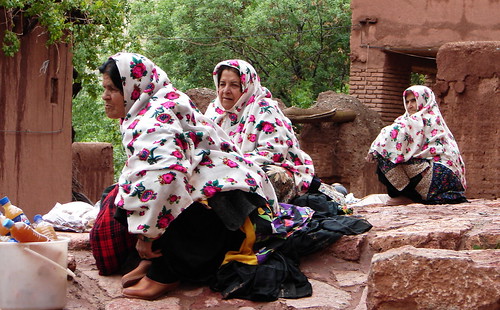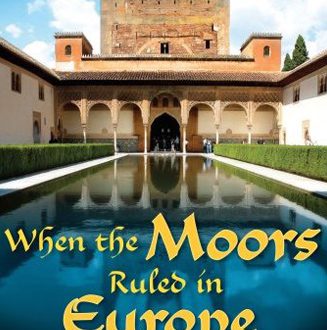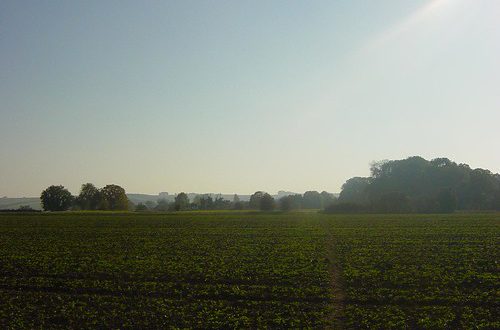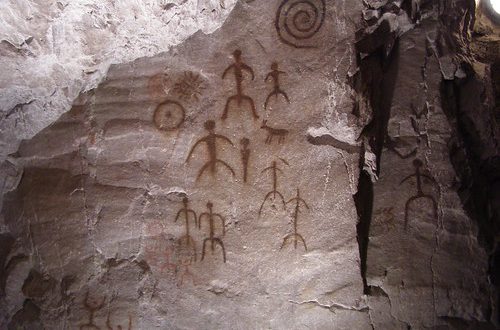The ancient history of Iran is one of the richest in the world. Skirting the Fertile Crescent which nurtured the cradle of civilization, the turbulent nation has seen the rise and fall of the Medians, Achaemenids, Parthians and Sassanids – until their history was usurped by the Islamic conquests of the 7th century AD. Yet the incendiar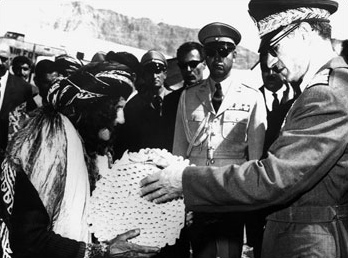 y movements of the past century, not least the latest political turmoil to hit Tehran, have been somewhat passed over by the world’s archaeologists. Now a leading expert from Britain’s University of Leicester is leading a project to discover just what impact Iran’s White Revolution of the 1960s and 70s had on its so-called ‘landlord villages’; the rural settlements built in the early Islamic period. The revolution, instigated by the Shah who would later be deposed in the 1979 Islamic Revolution, moved Iran away from its feudal past with a series of reforms which nationalised much of the country’s farming capabilities.
y movements of the past century, not least the latest political turmoil to hit Tehran, have been somewhat passed over by the world’s archaeologists. Now a leading expert from Britain’s University of Leicester is leading a project to discover just what impact Iran’s White Revolution of the 1960s and 70s had on its so-called ‘landlord villages’; the rural settlements built in the early Islamic period. The revolution, instigated by the Shah who would later be deposed in the 1979 Islamic Revolution, moved Iran away from its feudal past with a series of reforms which nationalised much of the country’s farming capabilities.
Dr Ruth Young, who has spent much time working in the country, is fascinated with how these villages are pock-marked with the material evidence of revolution. Together with Dr Hassan Fazeli, Director of the Iran Centre for Archaeological Research, and Ms Minoo Salimi of the National Museum of Tehran, Dr Young aims to further excavate a part of Iranian history rarely frequented by the archeaological fraternity. “Irans White Revolution of the 1960s and 70s had a huge impact on social and political organisation and relations, and one area where this impact is manifest in terms of material remains are Landlord Villages,” Dr Young tells her university’s website. “The antiquity of these villages is generally agreed to be rooted in the early Islamic period, although their origins and their actual dates remain largely conjecture. What is clear from a range of records is that Landlord Villages were an accepted and extensive form of social and economic organisation for large segments of Irans rural population for the centuries leading up to the radical changes of the second half of the 20th century.”
Dr Young continues: “The aims of our work in this area, are to record and analyse the material culture of Landlord Villages in order to further understand the social and economic relationships between landlord and farmers and between farmers. We also consider the creation and expression of identity within these villages and hope to provide a model of spatial analysis linked to function which can potentially be applied to self-contained settlements at different points in history and prehistory.” This is the third season of work on the project, which has thus far comprised planning, excavation and interviews of locals. Dr Young hopes to get to the bottom of the villages’ abandonment, and to teach more about the impact of the revolution on the hierarchical structures of Iran’s rural areas.
Image by Hamed Saber.

